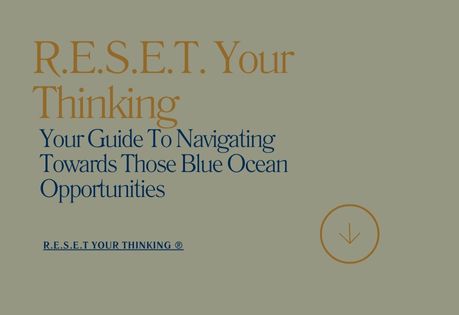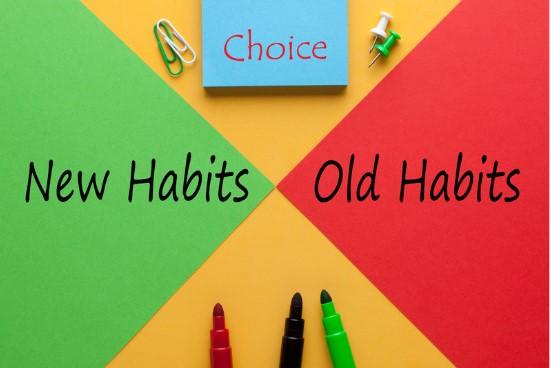
How do you determine what’s urgent, important and non-urgent?
Working on and managing major projects, programs, managing a team and having multiple projects or tasks in progress all at the same time can be quite overwhelming and feel a bit like a juggling act.
So, how do you determine what’s urgent, important and non-urgent? Even more than that, at times, there will be requests from others that may also be important and need immediate attention. So how do we determine who to say NO or YES to?
The past month or so, I’ve been actively working on a major project, one that’s due to launch Monday 25th October. It’s been quite the juggling act, that’s’ for sure.
Juggling not only the project itself, but also who to contact when, what needs to be approved by whom and then fitting in to other people’s agendas and priorities. That in itself is a juggling act, wouldn’t you agree?
I thought I would share with you a useful tool, a tool that I use to prioritise tasks and manage projects. It’s an “Urgent and Important Matrix”.
An incredibly effective tool, taking the guess work out of what’s urgent, important and non-urgent, because, If we spend our time concentrating on the urgent and important tasks, chances are we’ll be constantly fighting fires, unable to complete anything on time and/or within budget.
So, It really matters to be proactive rather than reactive.
Here’s a little matrix I’ve put together for you, it will help you differentiate and make quick decisions as to what’s urgent, important and non-urgent.
Another thing to remember too, is to devise an action plan for the important and non-urgent tasks, this will help tackle the important and non-urgent tasks, ensuring that these don’t become important and urgent.

But what about all the interruptions, disruptions and requests from others? Those requests that often conflict with our values and take time away from working towards what really needs to be done.
One approach in dealing with these types of interruptions is to use a Positive No.
Here are some examples you can use immediately:
- SAY NO, FOLLOWED BY AN HONEST EXPLANATION
Such as, “I am uncomfortable doing that because…” - SAY NO, AND THEN BRIEFLY CLARIFY YOUR REASONING WITHOUT
MAKING EXCUSES
This helps the listener to better understand your position. Example: “I can’t take on the extra task right
now because I have another project that is due by 5 pm today”. - SAY NO, AND THEN GIVE AN ALTERNATIVE
Example: “I don’t have time today, but we could schedule it in for tomorrow morning if that suits”. - EMPATHETICALLY REPEAT THE REQUEST IN YOUR OWN WORDS,
AND THEN SAY NO
Example: “I understand that you need to have this done immediately, but I
will not be able to do it for you right now”. - SAY YES, GIVE YOUR REASONING FOR NOT DOING IT, AND PROVIDE AN
ALTERNATIVE SOLUTION
Example: “Yes, I would love to help you with (insert task here), I don’t have time today, I can do it for you firs thing tomorrow morning”. - PROVIDE AN ASSERTIVE REFUSAL AND REPEAT IT NO MATTER WHAT
THE PERSON SAYS
This approach may be most appropriate with aggressive or manipulative people and
can be an effective strategy to controlling emotions. Example: “I understand how
you feel, but I will not [or cannot]…” Remember to stay focused and not become
side-tracked into responding to other issues. We all have choice and we must all take responsibility.



















